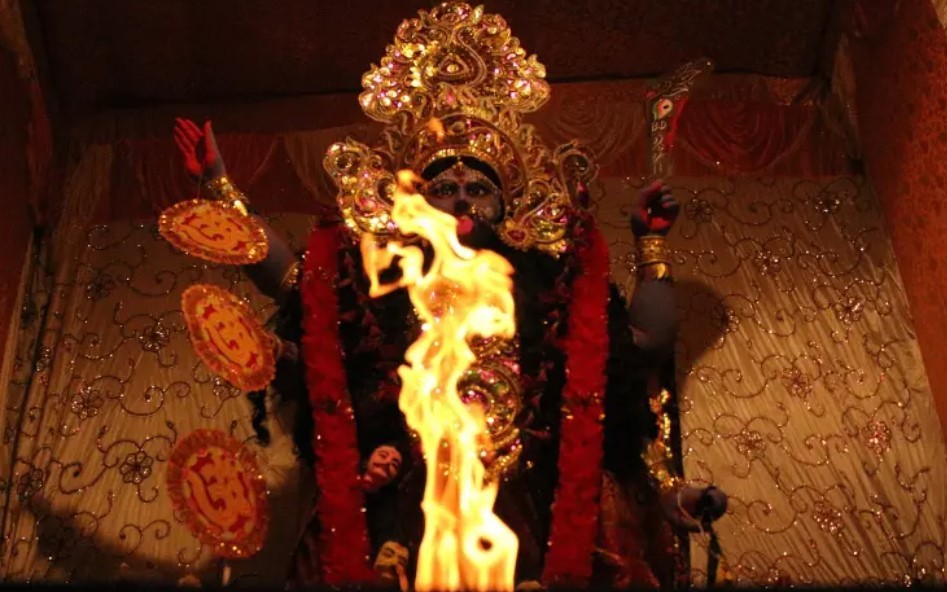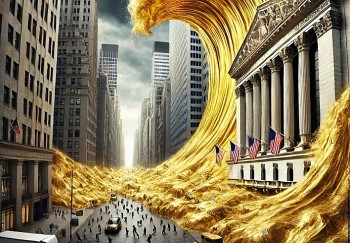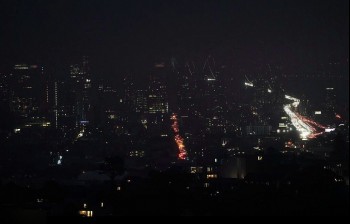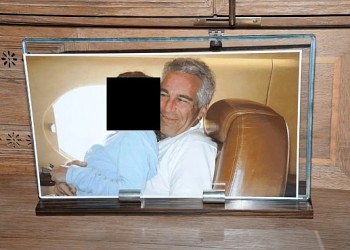Diwali Celebration: Most Significant Customs And Traditions
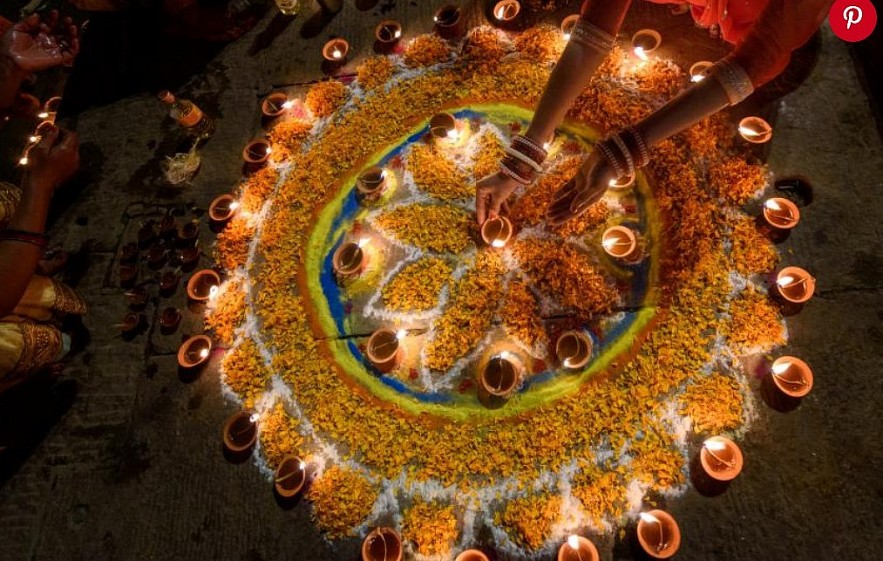 |
| lighting of candles and lanterns in Diwali |
Diwali stands as one of the most cherished festivals in India.In every Indian household, preparations for Diwali unfold through time-honored traditions, as families come together to celebrate this festival steeped in cherished customs.
What is Diwali?
Hindu mythology says Lord Rama, Sita Devi, and Lakshmana return to Ayodhya after 14 years in exile on Diwali. Villagers use festive lights and other decorations to guide Rama, who defeated Ravana. Some celebrations include Ramayana reenactments.
Hindu mythology also celebrates another victory on the auspicious day. Lord Krishna defeated Narakasura, who ruled Pragjyotishapura, near Assam, on this day. Krishna killed the demon and declared a holiday to free his kingdom's terrified people.
Hindus celebrate Padma Purana after harvest season, according to Vedic scriptures. Dhanteras is the first day of Diwali celebrations, which last five days. India considers buying gold or silver jewelry on this day auspicious. The second day of Diwali, Narak Chaturdasi, is the 14th lunar day. Homes light 14 diyas to ward off evil. The third day of Diwali is celebrated with family and 21 diyas are lit. Govardhan pooja is held on the fourth day to honor Lord Krishna, who supposedly lifted Govardhan Hill to protect Vrindavan from heavy rain. Celebrate Bhai Dooj on the 5th day to conclude the celebration.
Learn more: 13 Distinctive Diwali Customs & Traditions in Different Indian Regions
Happy Diwali!Those who participate in this Hindu festival have a great time. It's a time to make fresh starts, rejoice in life, and get back in touch with loved ones. We can assist you in finding something to wear over the course of the five-day celebration. Come into our store to choose your Diwali look. |
Here are some Diwali customs and traditions that you should know about.
Decorate their homes with lit diyas
As the name suggests, Diwali is the festival of lights, when people all over the nation adorn their homes with lit diyas, or small clay lamps, and other festive lights. Vibrant lighting is also used to illuminate the streets and buildings. Spectacular fireworks displays are held in celebration by public institutions, temples, and private homes.
Diwali lights represent the victory of good over evil, as exemplified by Lord Rama's victory over Ravana and Lord Krishna's victory over Narakasura. Elaborations of both demon kings are burned in celebration around the nation.
House cleaning
Prior to the celebration of Diwali, it is customary to clean one's home. People in India have a belief that the goddess Lakshmi will only enter your home if it is meticulously cleaned. Dusting the house is not the only thing that this entails. The process may also include re-decorating, painting your home, and decluttering your belongings, depending on the amount of money you have available.
Shopping
In traditional families, the women go shopping a significant amount of time before Diwali. The customary practice is to dress in brand-new garments on each day of the celebration. This demonstrates both reverence and enthusiasm for the celebration. Kurtas and, on occasion, dhotis are the traditional garments that men wear, but it is the women who are the center of attention! During this time of the year, women are looking forward to displaying their newly acquired wardrobe collection.
Diwali sweets - Feasting
Special Diwali sweets and savory dishes are made during this joyous time and shared with loved ones.
It's time to ditch any diet plans and workout regimens for Diwali! There is a ton of food over the five celebration days, especially desserts! Peda, laddoo, barfi, and chakli are frequently served during festivities.
Dry fruit pieces that have been broken are used to make almost all sweets. In addition to being a night filled with music, dancing, and fireworks, Diwali is also celebrated by the delightful custom of exchanging gifts and indulging in mithai (sweets). Boxes of vibrant treats are traded among friends, family, neighbors, and acquaintances; these treats are typically traditional Indian sweets like ladoos, barfis, pedas, and jalebis. The boxes also include chocolates, dried fruits, and vegan and gluten-free options.
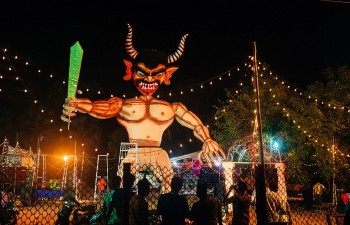 How Diwali is Celebrated in Different Parts of India: Unique Deepavali Rituals How Diwali is Celebrated in Different Parts of India: Unique Deepavali Rituals |
Exchanging gifts and playing cards
It is a tradition for families to exchange gifts during Diwali. The festival is one time in the year when families from all parts of the world reunite. Close and extended families pay visits at one another’s place for hours of banter, card playing, and gifts!
Worship of Lakshmi
Lakshmi devotees pray or perform pujas in order to receive the blessings of the Goddess of Wealth, who is believed to bring prosperity and abundance to those who worship her. Pujas are also performed in private residences, shops, and places of employment.
Lighting diyas and lamps
In order to symbolize the triumph of light over darkness and the triumph of good over evil, people light traditional oil lamps known as diyas and decorative candles in their homes and the surrounding environment respectively.
Rangoli art
Colorful powders, rice, or flower petals are used to create elaborate patterns and designs on the floor as a way to decorate homes and welcome guests. The vibrant colors of rangoli are essential to any Diwali celebration.
Families in India tidy their homes and use rice, sand, powdered limestone, colored rocks, or flowers to make elaborate designs on their tabletops or floors on the first day of Diwali.
It's a labor-intensive ritual that symbolizes a household's joy, optimism, and vibrancy. Hindus also celebrate it as a way to welcome Lakshmi, the luck and wealth goddess. It comes from the Sanskrit word for color, "rangavalli."
Bursting firecrackers
Over the course of Diwali celebrations, fireworks and crackers have traditionally been used to symbolize the triumph of light over darkness. Nevertheless, in today's world, people try to avoid burning crackers because of concerns about the environment.
FAQs
What Do People Wear on Diwali?
People are frequently seen wearing their finest wardrobe pieces during Diwali. For Diwali, men look great in silk sherwanis and fashionable kurta pajamas with vibrant, festive colors and patterns. Gold, red, and yellow are a few of the colors that are most popular for Diwali apparel.
Our best-loved men's Diwali ensemble is the Golden Silk Sherwani. The golden cream bottoms and a deep purple pocket handkerchief complement this ensemble.
For women, lehengas—ankle-length skirts with a plethora of color and pattern—are among the most exquisite traditional options. One great example of a festive lehenga that complements the colors of Diwali is our Red and Off-White Anarkali-Style Lehenga.
Wearing matching clothes for Diwali is a long-standing custom. To commemorate the occasion, parents and kids frequently dress alike. Sometimes, grandparents, uncles, and aunts dress alike in entire families!
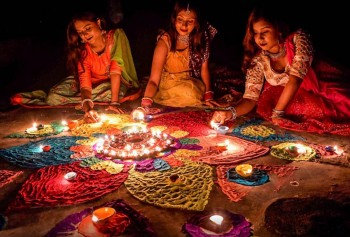 When To Celebrate Diwali: Key Dates, Times, Significance And Ritual When To Celebrate Diwali: Key Dates, Times, Significance And Ritual |
What Are the Colors of Diwali?
Although Diwali is a colorful holiday, you are not required to wear any particular color to celebrate. Furthermore, Holi, the festival of colors, takes the title of being the holiday with the greatest emphasis on color, surpassing Diwali. Numerous colors associated with Diwali have spiritual meaning and are signs of good fortune.
On Diwali, you frequently see vivid reds, yellows, and golds. These hues are present in the furnishings, the lighting, and the daily attire.
What Are Diyas?
The festival of lights, Diwali, means “row of lights.” Of course, lamps and lights are big parts of Diwali. Even Diwali lamps are called Diyas.
During Diwali, diyas are special. Flat and ornate clay lamps are common. Many modern diyas use oil to burn, while traditional ones use clarified butter.
Late-autumn nights are comforting with these lamps. During Diwali, people light Diyas and place oil lamps around and at home entrances to bring luck.
Why Do People Use Fireworks on Diwali?
Firecrackers and fireworks add color and sound to Diwali. Hindus believe these ward off evil spirits.
The grand finale of many Diwali celebrations is fireworks. They perfectly depict the holiday by filling the sky with color and light.
Many celebrate Diwali with fireworks, but others prefer Diyas and a quieter celebration. Many Diwali celebrants avoid fireworks due to air pollution.
India's cities have suffered from air pollution in recent years. Research shows that Diwali fireworks affect local air quality. Be environmentally friendly this Diwali by lighting Diyas instead of fireworks.
Fireworks don't have to totally leave you. Many people look for sustainable, eco-friendly fireworks for Diwali with their families. These fireworks can end the party without harming the environment.
How Is Art a Part of Diwali?
Diwali is a festival that celebrates art, and the festival has its own distinctive artwork.
A common feature of many Indian festivals, rangoli holds equal significance during Diwali. A rangoli is a surface covered in elaborate, flat designs made of different materials. Powders, dry rice grains, colored rocks, flower petals, and more can be examples of these.
Rangoli designs can be invented recently or inherited by a family. Diyas can be added to the creations to further improve them. Diyas are frequently lamps with flatter basins when they are used in rangoli.
What Do People Eat on Diwali?
A feast is not a party without plenty of food. Diwali is an exception to the rule that many religious festivals in India begin or end with a fast.
In the days leading up to Diwali, people consume copious amounts of food, the most popular of which are vegetarian dishes and dry fruits. The five-day Diwali festival isn't complete without the ubiquitous mithai, or traditional Indian sweets. But neither the pre- nor the post-festival feasts are to be missed.
What Happens on the First Day of Diwali?
Dhanteras, the first day of Diwali, is all about beginnings and fresh starts.
On this day, it is customary to purchase gold items and clean the house. Important parts of the first day of Diwali include health-related prayers, special baths, and self-care for body and soul.
What Happens on the Second Day of Diwali?
The second day of the Diwali festival is called Choti Diwali.
In preparation for the upcoming huge festivals, today is the day to decorate your house. Day two of Diwali includes lighting the Diyas and making rangoli, among other activities. This is the day that changes India and cities with big Indian populations.
In anticipation of the festivities that will take place on days three, four, and five, small firecrackers may be set off on day two. On the other hand, larger fireworks shows are typically reserved for the final days of the party.
What Happens on the Third Day of Diwali?
Lakshmi Puja, on the third day, honors the goddess of wealth. Lakshmi Puja is the main day of Diwali, even though we're halfway through. Today, Lakshmi and Ganesha are prayed to for wealth and luck.
Due to Lakshmi, day three of Diwali is also a good day to start new things in life or business. Internationally famous Diwali celebrations begin on the third day.
Huge feasts, amazing fireworks, and lavish parties make it a memorable evening. Bring out your new clothes and best party attire to celebrate!
What Happens on the Fourth Day of Diwali?
The fourth day of Diwali is known as Goverdhan Puja.
Hindus celebrate Diwali on this day, which also marks the start of the new year. Markets would have been open the days before, offering a wide variety of clothing, supplies, and other items for sale in observance of the holiday. The markets are closed on this day. Traditionally, the fourth day is more laid back, giving people a chance to recuperate from the previous night's festivities.
On the day of Goverdhan Puja, pay your friends a visit and send them best wishes for the coming day. On this day, exchanging gifts with friends and family is also customary.
What Happens on the Fifth Day of Diwali?
Bhai Dooj, the last day of Diwali, is all about celebrating the bond between siblings. Today, it's a tradition for adult siblings to catch up with each other. Brothers usually drop by their sisters' place, and they all enjoy a big family feast together. For a lot of folks, this day really hits home and stands out as the most meaningful part of the entire celebration.
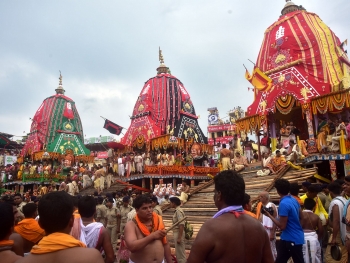 12 Most Popular Holidays/Festivals in India for July 12 Most Popular Holidays/Festivals in India for July Festivals in July in India include a few of the important days in India such as Bakri Eid. Read to know about all the special ... |
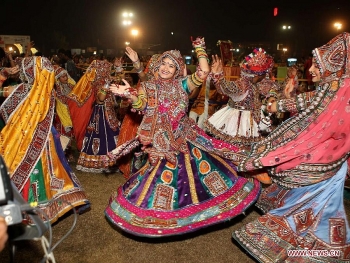 TOP 7 Most Popular Holidays in India TOP 7 Most Popular Holidays in India Here are the top 7 Biggest Festivals - Most Popular Holidaya that well worth experiencing when visiting India. |


